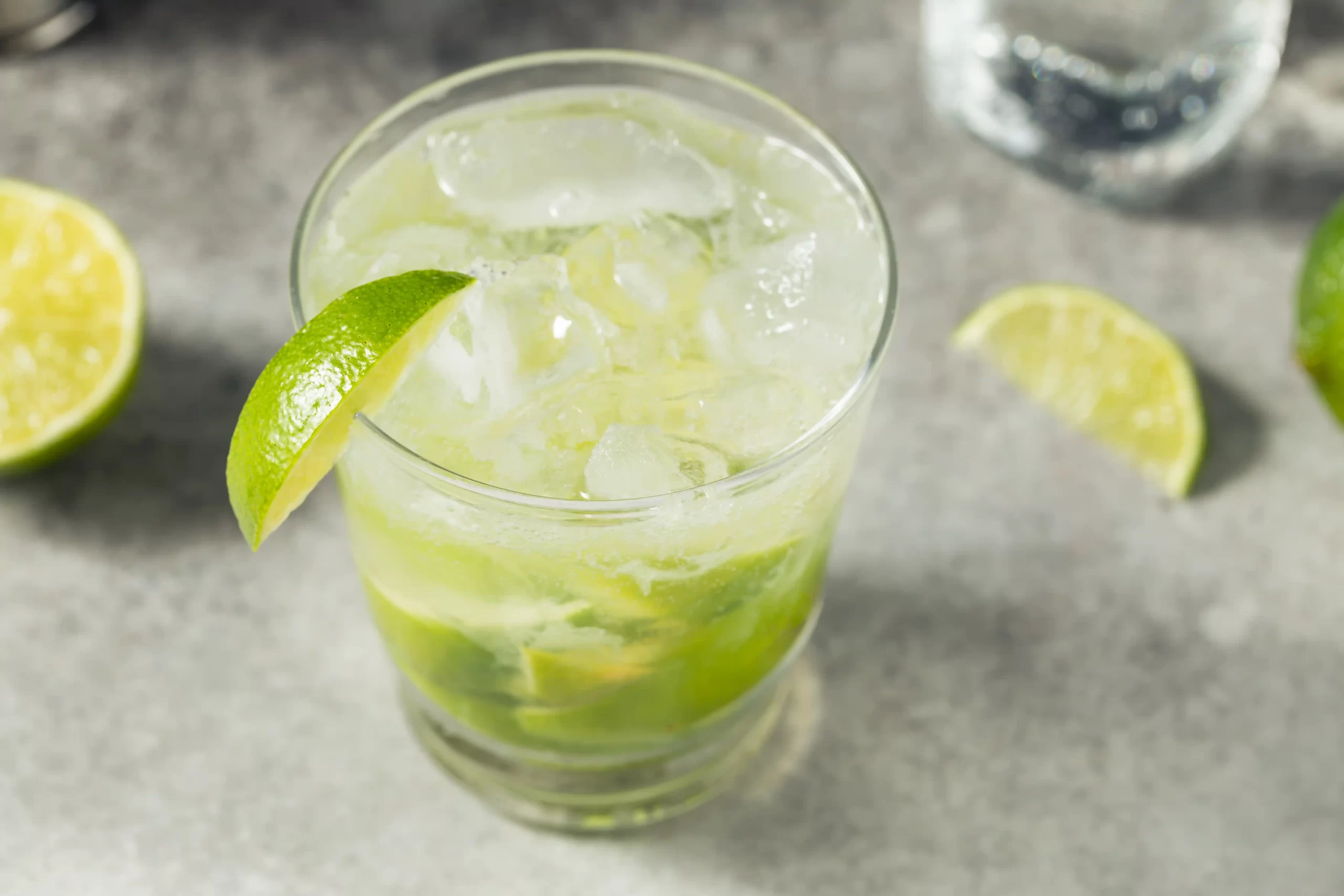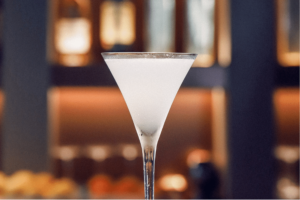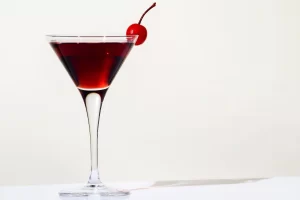The Caipirinha doesn’t have a lineage involving fancy mixology innovation, and it’s almost too elemental in Brazilian life to have a definable history. This cocktail is accompanied by an ecstatic drumbeat and a swaying, celebratory dance: the Caipirinha is nothing less than the national drink of Brazil.
The simple combination of a cane sugar spirit called cachaça muddled with fresh lime and superfine sugar has been made by men with machetes in their hands for centuries, although the upper classes of Brazil only embraced the drink over the last few decades, and only very recently has it become well known outside of its native land.
One gets the feeling that the Caipirinha has only begun its international dance and is poised for cocktail stardom. This drink should be as famous as its Latin American cousin, the Daiquiri, but word is just now getting out. The key thing as a bartender is to find genuinely artisanal cachaça — beware the mass-produced gunk — and to learn the muddling method that gets not only the juice but the oil from the skin of the limes, thus allowing the Caipirinha not only to dance but sing.
Bar Tools
- Muddler
- Stirring spoon
- Paring knife
To Serve: Rocks or Old Fashioned glass
Ingredients
- 2 ounces cachaça
- Juice of 1/2 fresh lime, quartered
- 1 to 2 teaspoons superfine sugar
To Garnish: a lime wheel
How to Make
First, the muddle technique. Cut the ends off a whole lime and slice it in half lengthwise. Use the knife to peel away the thin white stem that runs along the inside of the lime. Take one of the lime halves and cut once again lengthwise, then twice across, creating four very muddable pieces. Place the lime pieces in the bottom of the glass and add a robust teaspoon of fine sugar, then muddle together in the glass. Fill the glass with ice, add the cachaça, and stir well.
Nutritional Facts and ABV
- ABV (alcohol by volume): 30 %
- Calories: 190
- Total carbohydrates: 18 grams
- Total added sugar: 14 grams
History
Good luck with nailing down the history of the Caipirinha. Like much of Brazilian culture, this is a drink more concerned with the celebratory present moment and less with how you got here. The formula underlying the drink — sugarcane spirit mixed with citrus juice and pure sugar — is one that has been at happy play since Europeans arrived in the Americas and began concocting booze, often resulting in rum-based drinks. The esteemed drink historian David Wondrich estimates that Brazil had 192 distilleries by 1592 and over 5,000 today, and has documented that Caipirinha (called many different names, including Batida Paulista, or the “São Paulo Shake”) has been used medicinally and recreationally for as long as sugarcane has been distilled into spirit. The cocktail only entered into official, modern history when a few decades ago the powers-that-be saw the profit other Latin American nations were gaining by exporting their native drinks, and a push was made to mass produce and export cachaça. Suddenly, the peasants’ drink was embraced by all strata of Brazilian society.
Unfortunately, mass-produced cachaça tended to lack the nuance of the drink produced in small batches throughout the Brazilian countryside, and the Caipirinha didn’t really catch on internationally. But with the increasing exports by small-batch cachaça producers, bartenders in the United States are finally beginning to understand the true nature of the strong and beautiful drink that is the Caipirinha.
FAQ
What brand of cachaça should I use?

Thankfully, more choices are available all the time, and each carries a truly unique character. Try Leblon cachaça for a crispy flair, Avua Prata for something more fruit-forward, or Novo Fogo Silver for something in between.
Can I muddle in a shaker to create larger batches?
Of course, you can, but the technique described above — known as “a Caiprininha,” or “country style” in Brazil — maximizes the tang delivered from the oil of the lime skins. The drink is still tasty with just the lime juice and the shaker will deliver some of the oil. But when in doubt, keep it country.






